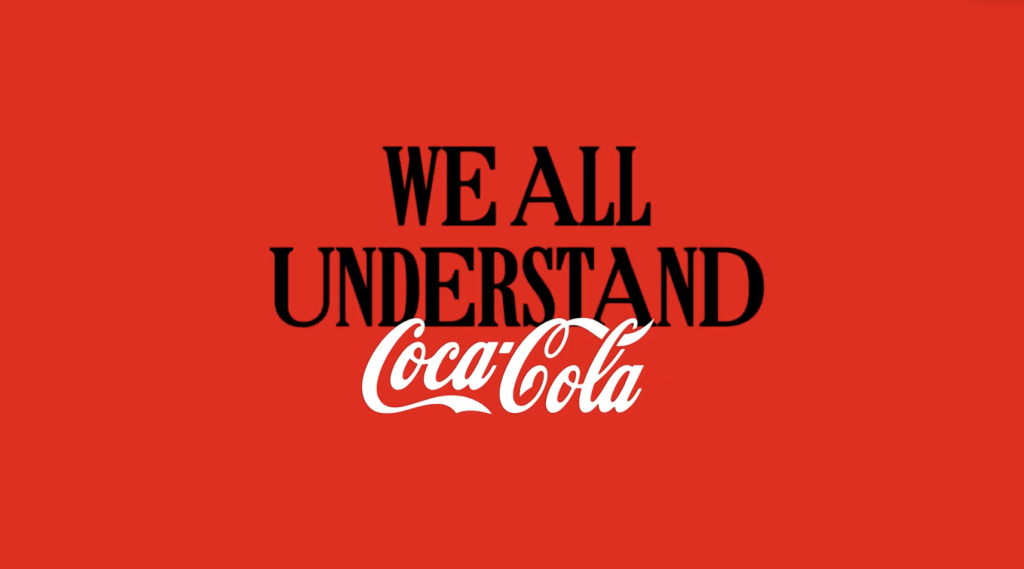A few weeks back we gave a presentation during the webinar, “Best Practices on Measuring Hispanic Social Media Campaigns ” about sentiment analysis and the differences one may find between what is said in English about a brand vs what is said in Spanish. There were many interesting questions about Spanish social media monitoring and we wanted to continue that conversation here.
So if a company has a bad reputation in English does that mean they necessarily have an equally bad reputation in Spanish?
It may, but not necessarily. Brands and agencies need to perform sentiment analysis to compare whether the feelings for a brand are the same in multiple languages. This monitoring should be performed at least weekly as sentiment can change very quickly depending on what is in the news and being discussed online.
Can an individual campaign have varying results between English and Spanish?
Absolutely. As some of the work we do for our clients, we are often asked to review what is being said on Twitter, blogs, etc. about specific campaigns. We have had the chance to look at some winners in both languages, campaigns that are dogs in both languages, and a few campaigns that perplex because they do well in one language and poorly in another. What we have determined is that you cannot assume a campaign is popular in Spanish, just because the English campaign is wildly popular.

Brand Reputation Example: What’s being said about Toyota in English?
To provide a relevant example, lets look at some recent Tweets about Toyota. Lets look first at the numerous poor comments made about Toyota on the graphic at right. The first tweet mentions a few of Toyota’s much publicized safety concerns including their brakes, steering, and accelerator issues. The next tweet is from someone criticizing the policies and costs of a Toyota service center. Finally, someone expresses extreme disgust at the idea of obtaining a Toyota Corolla. These comments are simply a small example of what can be seen any day from a simple Twitter search. (See what’s being said about Toyota right now.)

A Comparison: What’s being said about Toyota in Spanish?
When looking at what is being said about Toyota in Spanish on Twitter we find much different results. As you can see on the graphic at right, people tend to say nice things about Toyota in Spanish. The first person talks about the value of a Toyota, stating, “Toyota is best, gives you a lot for your money.” Another fan talks pleasantly about how 9 out of 10 customers would buy another Toyota. Again, these comments can be seen any day from a simple Twitter search. (See what’s being said in Spanish about Toyota right now.)
How could feelings for a brand be different from one language to another?
“In the case of Toyota, the strong sentiment in Spanish is likely due to the positive brand awareness Toyota has worked hard to achieve in recent years,” remarks Carla Briceno, Vice President of Bixal. “Toyota has done a great job of reaching a wide audience of U.S. Latinos using an approach that recognizes their unique experiences and creating promotions such as “Somos Muchos Toyota” that engage them efficiently.” She adds, “Toyota also does very well in Latin America and has a strong brand reputation throughout the region.”
Brands may find that certain products resonate better with a particular culture as well. “A few firms that do their Hispanic research include Nestlé, the NBA, P&G and Kraft Foods, but many opportunities to listen and be responsive still remain,” stated Ms. Briceno. “Most firms can go further with sentiment analysis to strengthen their understanding of and communications with the Hispanic consumer.”
How to measure and react to what is being said ‘en Español’:
The best thing to do now that we understand that Spanish speaking people may have differing opinions about a brand or campaign is to actively listen to the conversation. There are many simple and free tools that can be used to do this including search.twitter, Hootsuite, and Social Mention. These will give you a basic idea of what is being said on a daily basis but provide little analysis. To get deeper and provide more meaningful metrics about the Spanish conversation, most brands and agencies will rely on more heavy duty monitoring tools such as Crimson Hexagon or Radian 6.



